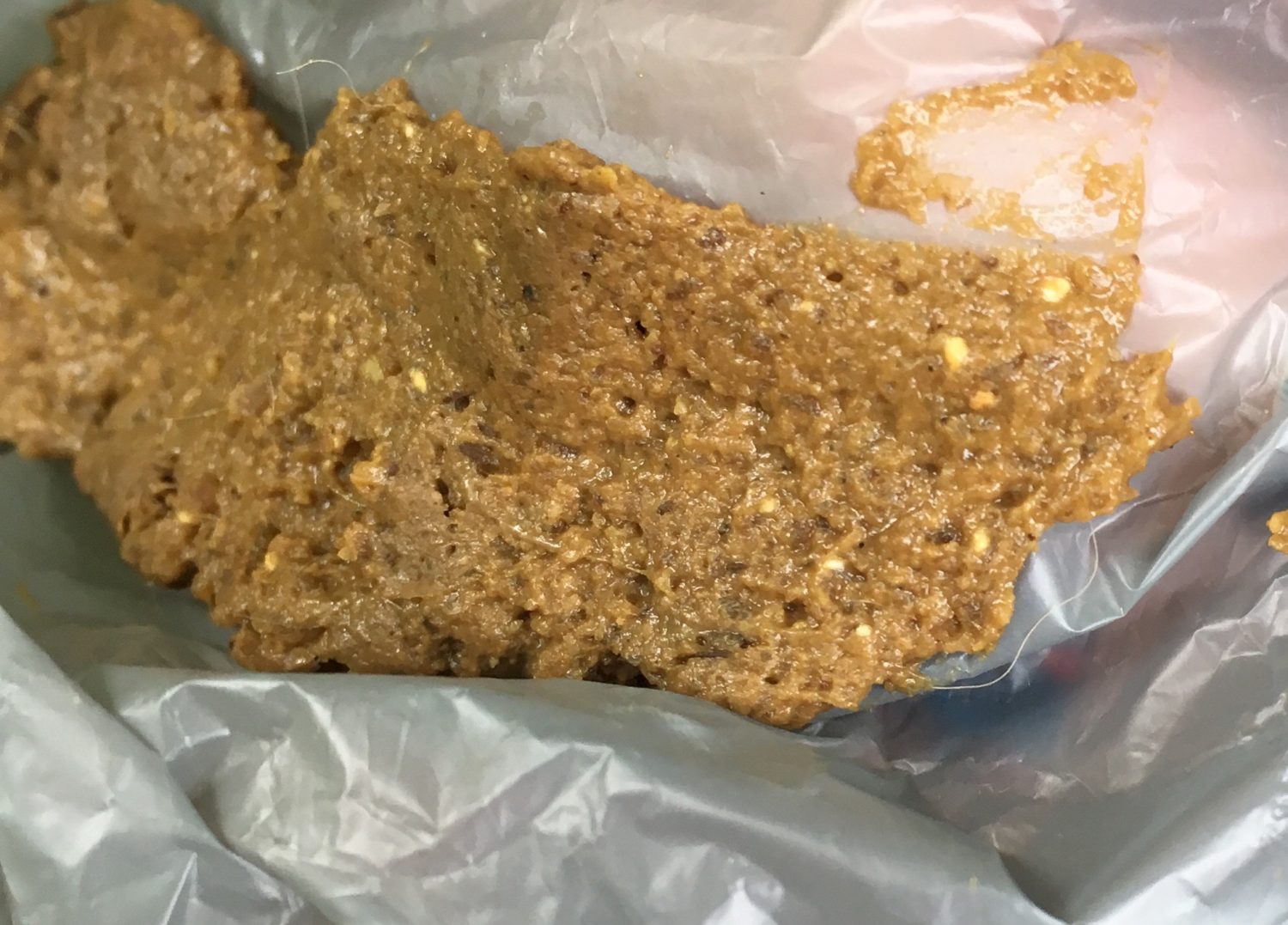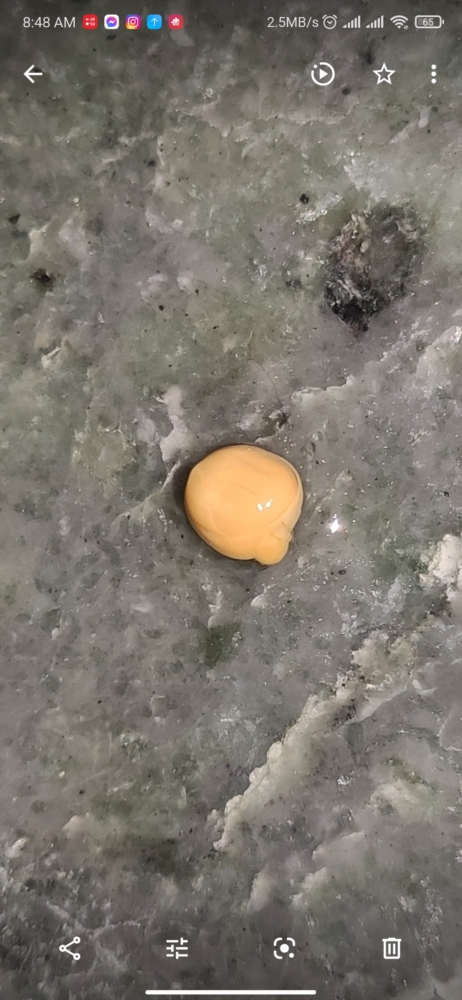
Most parents think of diarrhea as loose poop, but technically, diarrhea is an increase in poop volume. Bloody poop in a baby generally means an office visit and sometimes a stool culture. When the blood appears mixed throughout the poop, it raises the suspicion of an infection with salmonella, shigella, campylobacter, or E. Pediatric textbooks sometimes describe the blood striping the outside of the poop not unlike a candy cane.
#POOP TINY BALLS CRACKED#
The anal fissure behaves like a cracked lip, and it’s usually painful for a few days until it heals completely. “Explosive” is a word some parents like to use. These happen with poops that are big or fast.
#POOP TINY BALLS SKIN#
One common cause of blood in the stool is an anal fissure, which is a little crack in the skin around the rectum. Red blood in the poop generally comes from the bottom of the digestive track. Only three things, however, are concerning:īlood in the poop can be a sign of bleeding in the digestive track. When it comes to poop, you will see amazing colors, consistencies, and frequencies. From my experience with thousands of diapers, I developed my Rules of Poop to help parents rate the importance of any given dirty diaper. They report grunting while pooping, green poop, and poop that shows up at varying times each day. Formula fed babies may poop less often because the formula isn’t as easily digested as breast milk.įaced with a fussing baby, parents often look to the diaper to divine the cause. After that, a breast fed baby will wet at least six diapers a day and poop anywhere from once a week to fourteen times a day. I tell parents to expect as many poops as the baby is days old the first week. Healthy babies can poop fourteen times a day or once a week. Formula-fed stools vary in color and consistency. After that, breast fed babies have watery, yellow stools that look a lot like mustard-colored cottage cheese. As the baby nurses or bottle feeds, the meconium thins and turns the green-brown color of “transitional” stools. Maybe it’s because pediatricians and nurses use your baby’s dirty diaper count as indicators of healthy growth and development.īabies generally pass meconium–the thick, black poop from intrauterine life–on the first day of life. Maybe it’s because the pooping frequency is so impressive. Maybe it’s because newborn baby poop changes so much in the first month of life.


With the first sticky, black poop, we’re hooked. For parents new and old, stool gazing is more than a spectator sport.


 0 kommentar(er)
0 kommentar(er)
